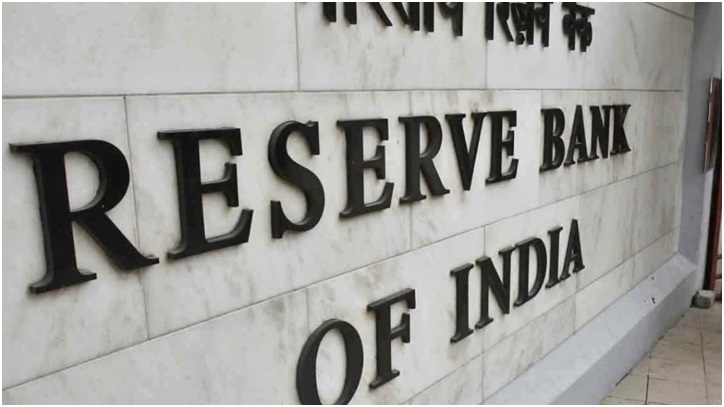Further Rate Cut Pause Likely As RBI Navigates Global Trade Headwinds
Total Views |

New Delhi : On October 1, when the
Reserve Bank Governor announces the outcome of the RBI’s monetary policy
meeting, it will not be an easy decision. There are numerous challenges before
the Governor, and the outcome will reflect extensive deliberations.
The meeting comes against a backdrop of rising global uncertainties,
mounting growth headwinds, and fresh risks to India’s exports, from higher US
tariffs to costlier H1B visas and proposed curbs on outsourcing, even as
domestic policy support seeks to shore up consumption.
As per recent Care Ratings, the headline inflation remains benign, with
GST rationalisation expected to further cap near-term upside risks. The notable
moderation in recent months has been largely driven by easing food prices.
Inflation is projected to average close to 2 per cent through Q2 and Q3 FY26,
supported by a favourable base, GST rate reductions, and muted food inflation.
On the growth front, momentum remained strong in Q1 FY26 at 7.8 per cent,
though some moderation is likely in the near term amid prevailing
uncertainties.
While global trade policy risks continue to cast a shadow on
growth outlook, the overall impact on India should remain contained, given its
relatively limited merchandise trade exposure to the U.S.
That said, the risk of spillovers to services exports has increased and
warrants close monitoring. Encouragingly, recent policy statements suggest the
possibility of a faster resolution of trade issues with the U.S. Under our base
case, assuming the removal of the additional 25 per cent tariff (penalty for
Russian crude imports) in the near term, we project India’s growth at 6.5 per
cent in FY26. However, if the 50 per cent tariff on merchandise exports
persists, growth could slip closer to 6 per cent, necessitating policy support,
suggests the report.
According to the report, having already front-loaded rate cuts to counter
moderating inflation, the RBI is expected to adopt a wait-and-watch stance in
October, striking a dovish tone to reassure markets while keeping further
easing in reserve unless growth risks deepen.
The outcome of ongoing US trade
negotiations — including the 50 per cent tariffs and a possible secondary 25
per cent penalty tariff will be crucial for exports and for the services sector
as well, which has so far remained largely insulated.
If these tariffs are rolled back, GDP growth could stay close to 6.5 per
cent in FY26, supported by recent rate cuts, GST rationalisation, and lower
income-tax burdens. But if they persist or extend into services, growth risks
could rise sharply, requiring stronger policy action later, along with more
targeted sectoral support from the government.
Bajaj Broking, in its RBI monetary policy preview, also believes that
there will be no change in the repo rate. It says that in the previous MPC
meeting held in August 2025, RBI retained the repo rate at 5.50 per cent,
following a 50 basis point reduction in June 2025. Street largely expects the
RBI to maintain the repo rate at 5.50 per cent (unchanged), citing subdued
inflation and potential risks to growth.
While commenting on the current economic scenario and inflation trends,
this report suggests that India’s consumer price inflation rose to 2.07 per
cent in August 2025 from 1.61 per cent in July, marking the first monthly
increase in ten months. Despite this uptick, inflation remains below the RBI’s
4 per cent target and within its prescribed tolerance band, with higher food
prices driving the increase.
Recent
rationalisation measures in the GST are expected to ease retail prices further,
potentially moderating inflation in the near term.
However, economists caution
that factors such as global commodity price fluctuations and domestic demand
pressures could push inflation upward in the coming months. On the external
front, challenges such as US trade tariffs and global geopolitical
uncertainties could weigh on future growth prospects, it adds.

